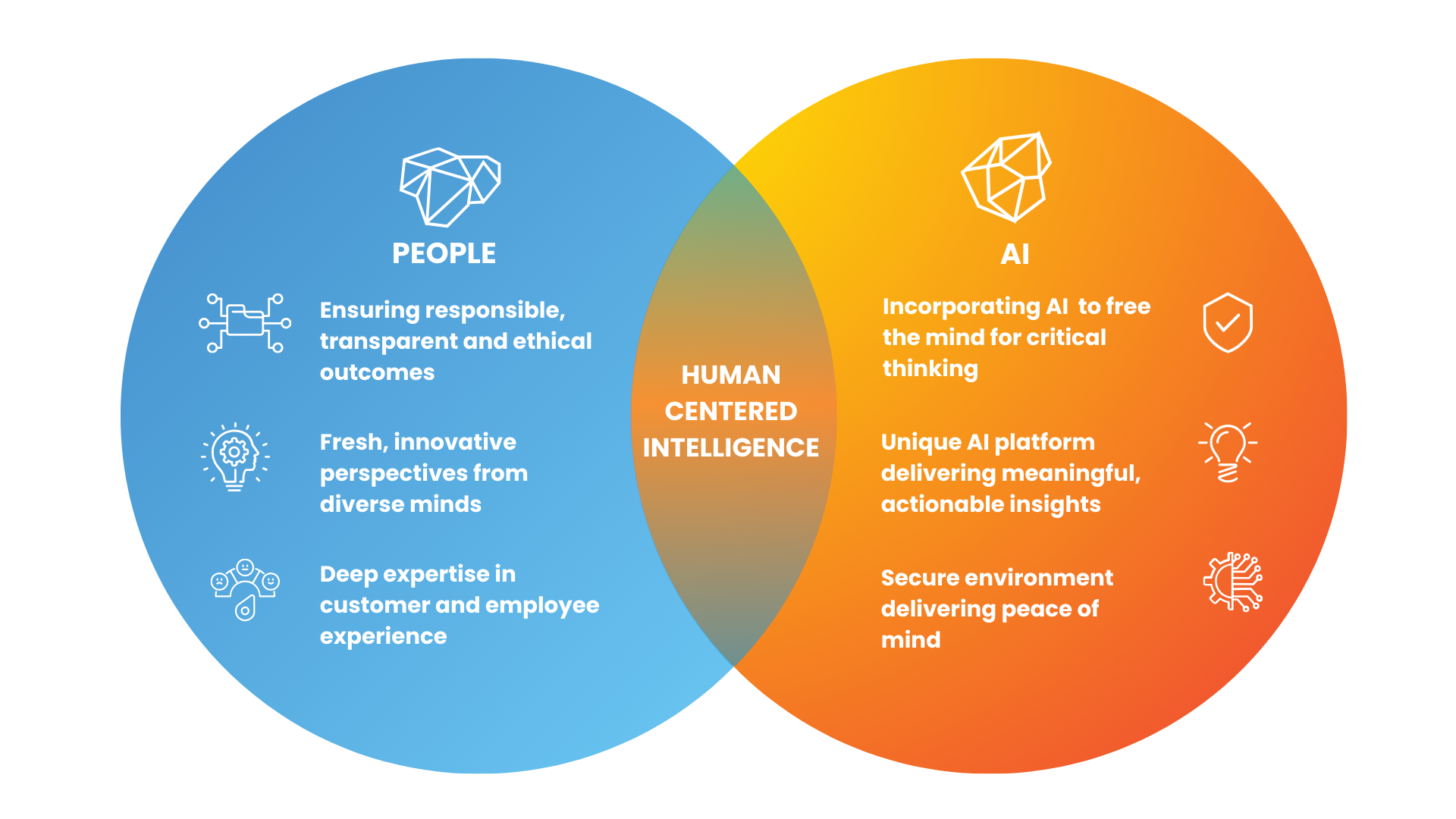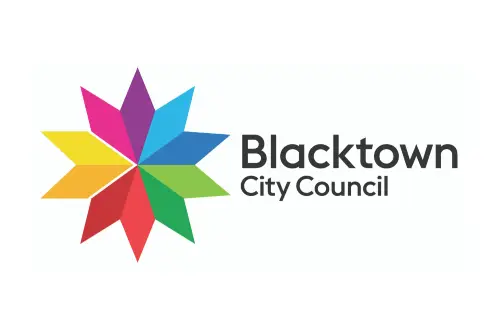Menu
Introducing
Human-Centred Intelligence
Pioneering Human-AI collaboration to create experiences that matter.
Let's make AI not just smart, but deeply human.


Innovation STRATEGY
Design solutions that shatter assumptions, delight customers, and define growth possibilities sustainably
Customer Experience STRATEGY
Design enriching products, services, and experiences by placing your customers at the centre of everything you do

employee experience STRATEGY
Creating engaging experiences for an adaptive and modern workforce
AI STRATEGY
Unleash the full potential of your organisation with an ai strategy that will revolutionise your productivity
What we do
Human-centred intelligence blends the unique strengths of people and AI to solve problems, placing humans at the centre.
The Strategy Group sits at this nexus: We integrate the transformative computational power of AI with human empathy and reasoning to harness new opportunities and innovation, personalised for the customer. With our obsessive focus on putting customers at the heart and creating delightful experiences, we prioritise empathising and understanding needs, and use technology as an enabler to deliver sustainable impact.

Our Work
How we’ve helped our clients
wyndham city council
Refreshing the Customer Experience Strategy for Wyndham City Council
The Strategy Group refreshed Wyndham City Council’s Customer Experience (CX) Strategy and identified subsequent improvement opportunities through extensive research and co-design workshops.

Medical firm
Unearthing Innovative business opportunities for a leading medical organisation
The Strategy Group partnered with MDS to help achieve their strategic goal through insights, ideation, co-creation and business model innovation.

Medical firm
Unearthing Innovative business opportunities for a leading medical organisation
Our client is one of the world’s leading medical technology companies offering innovative products and services across many healthcare disciplines help improve patient and hospital outcomes.
Previous slide
Next slide
Our clients
Through our human-centred approach, we’ve helped a wide range of leading Australian and international organisations put their customer at the centre, improvise their innovation capability, build their strategy, develop outstanding employee experiences, and re-imaging both customer and employee journeys










Our insights
Our latest articles
Keep on top of the latest thinking, trends and developments.

“I was really pleased with the outcomes delivered by the work that the Strategy Group undertook with MDS. The Strategy Group adopted a partnership approach with the MDS team and by working together, we were able to gain invaluable insights into relationships that MDS has with its service participants and other stakeholders that will enable us to further develop and grow our services.
The Strategy Group team used methods that engaged MDS staff, service participants, carers and community partners – I believe that it is this approach was integral to the quality of the project’s final deliverable"
Jeff ScobieCEO, MDS
“After first round of interviews with The Strategy Group, when we all came back together and shared insights it just demonstrated to me that it was invaluable to go out and speak with the people you are actually developing solutions for – it was very grounding as a policy officer to understand the everyday experience of the end user.”
Emma Marshall,NSW Department of Primary Industries (DPI)
"I would not hesitate to recommend The Strategy Group to any organisation seeking to truly partner with an organisation who is willing to listen to your unique needs and design an approach that will ultimately help you reach your desired outcome. We are extremely delighted what we were able to achieve and are looking forward to delivering value to our community through our customer experience roadmap.”
Laura Taylor, Customer Service ManagerWyndham City Council
"I have no hesitation in putting them in front of stakeholders, including clients as I have the utmost confidence that they will represent Bolton Clarke in a manner reflective of our culture and values."
Johny AgotnesCIO, Bolton Clarke
Previous
Next
Contact us
Would you like to know how we can help you and your organisation?
Please reach out to us.







